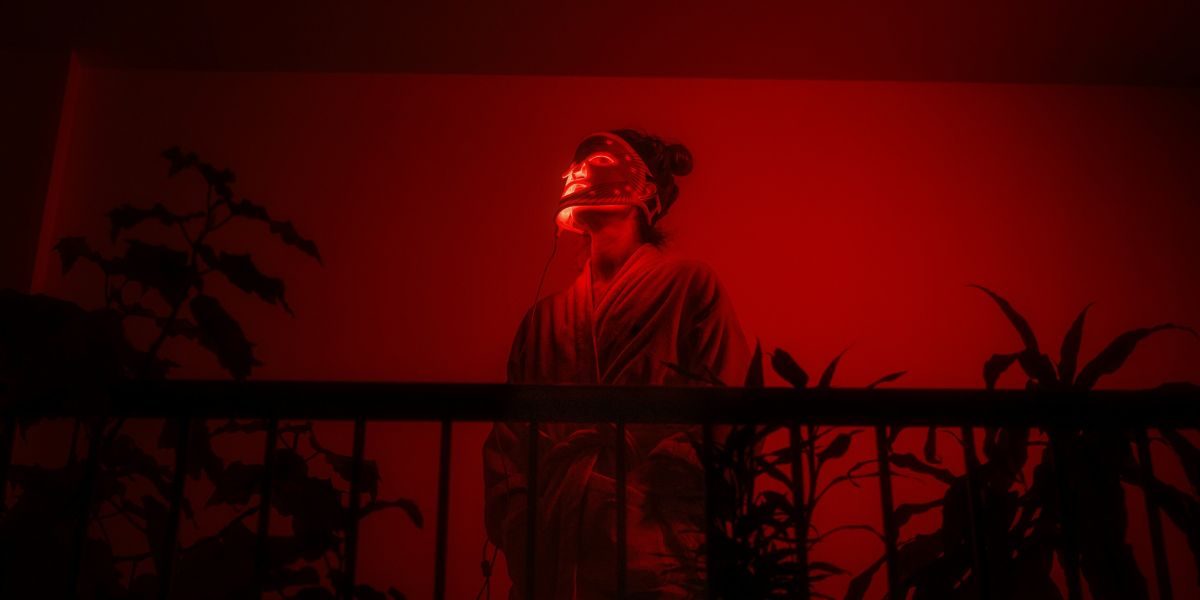Red light therapy is one of the most talked-about skincare treatments today, often associated with its ability to potentially boost collagen, reduce inflammation, and support skin healing. But if you have sensitive skin, the idea of exposing your face to light energy might raise a few concerns. Could it trigger redness? Might it make things worse before they get better?
The encouraging news is that red light therapy is often safe and typically well-tolerated by sensitive skin types. However, knowing how to use it properly can make all the difference between soothing results and potential irritation. Here’s what you need to know before getting started.
Why Red Light Therapy May Be Gentle on the Skin
Unlike some skincare treatments that rely on heat, chemicals, or exfoliation, red light therapy works in a non-invasive way. It uses specific wavelengths of red and near-infrared light to penetrate the skin without typically causing damage. These wavelengths may help energize the cells, improve circulation, and support repair from within.
Because there is no physical abrasion or chemical reaction taking place, red light therapy usually does not disrupt the skin barrier. Some research suggests it can even help strengthen it over time, which might be especially beneficial for those with sensitivity, redness, or inflammatory skin conditions.
Start Slowly and Monitor Your Skin
As with any new skincare treatment, it’s wise to take a cautious approach when starting red light therapy for the first time. Begin with short sessions, around 5 to 10 minutes, three times a week. This gives your skin a chance to adjust without risking overstimulation.
Pay close attention to how your skin feels after each session. Some people might experience a slight warming sensation or temporary pinkness immediately after use, which often fades quickly. If you notice persistent redness, dryness, or discomfort, consider reducing your usage until your skin settles.
Once your skin has adapted, you may gradually increase the duration and frequency of your sessions. Many people find that 15 to 20 minutes, three to five times a week, can provide noticeable results.
Keep Your Routine Simple and Supportive
To help maximize the benefits of red light therapy without irritating sensitive skin, keep your surrounding skincare routine minimal. Use a gentle, fragrance-free cleanser before your session to remove dirt and oil, and avoid exfoliants or active ingredients beforehand.
After your treatment, apply a calming moisturizer or hydrating serum to lock in moisture and support the skin barrier. Look for products with ingredients like hyaluronic acid, niacinamide, or ceramides, which tend to work well with light therapy and are less likely to cause irritation.
It’s best to avoid applying strong acids, retinol, or other actives immediately before or after your session unless recommended by a skincare professional.
Know When to Avoid Red Light Therapy
Although red light therapy is widely regarded as safe, there are a few exceptions to be aware of. If you have a condition that makes your skin photosensitive or if you’re taking medications that increase light sensitivity, it’s advisable to consult with a doctor before starting treatment.
It’s also important to use a high-quality device that has been tested for home use and includes safety features like built-in timers and eye protection. Lower-quality products may deliver inconsistent or overly strong light exposure, which could lead to unintended effects.
Final Thoughts
For those with sensitive skin, red light therapy could be a gentle and effective way to help improve tone, reduce redness, and support long-term skin health. With the right approach and a little patience, it’s often possible to enjoy the benefits without irritation.
If you’re ready to explore red light therapy at home, consider a reputable light therapy mask designed for safe and comfortable use. It might become the calming step your sensitive skin has been waiting for.
Disclaimer: This article is intended for informational purposes only and does not replace professional medical advice. While red light therapy is generally considered safe for sensitive skin, individual reactions may vary. Consult a healthcare provider or dermatologist before beginning any new treatment, especially if you have photosensitive conditions or are taking medications that increase light sensitivity.
Published by Jeremy S.

















